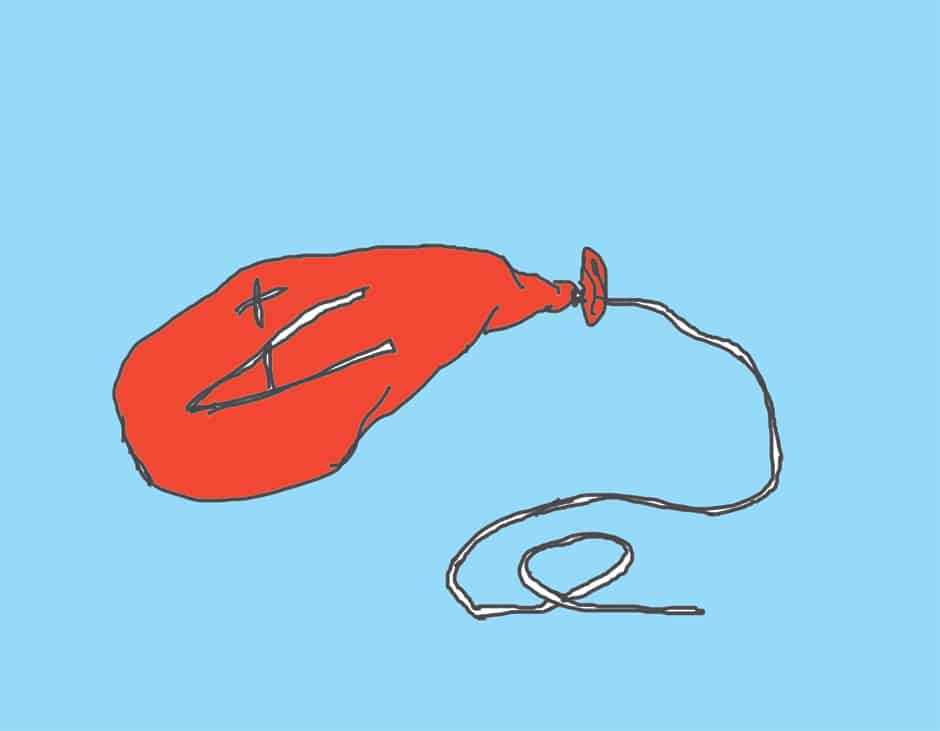The University of Toronto’s grade deflation affects all of us. However, much discussion about it, including a recent comment piece by my colleague Zane Schwartz, has been focused on comparing U of T’s policies with those at elite American universities without saying much about the local approach to deflation.
Undergraduates sweat over their GPAs because grad school admissions officers and employers use them as a simple aptitude measurement to select candidates. As such, shying away from this competition by giving everyone A’s will bring little benefit. After all, there are only so many available spots at elite schools and business firms.
If competition were not allowed to occur in the academic sphere, then it would occur elsewhere. Perhaps students would instead try to demonstrate their relative superiority through more prestigious internships, more leadership positions on campus, or more stellar job interview performances. Yet, it is unclear whether these are any less stressful, or any fairer, than competing for grades in university.
Neither is the competition an unnatural contraption designed to pit students against each other. Rather, statistically speaking, the grades of a large sample of students should naturally be distributed around the mean in a roughly bell-shaped curve.
In other words, we should expect to see a few exceptional students, a few terrible students, and many in the middle — and not mostly exceptional students and a few average students, as is apparently the case at institutions with a reputation for inflating grades. It’s actually the schools that are handing out A’s to half the students in a given class that are not doing their jobs. Bell- shaped grade distribution should be occurring naturally.
Opponents often worry that grade deflation puts them at a disadvantage against students from schools using different methods. Ideally, this should not happen as admissions officers and employers could take U of T’s reputation and relative class averages on transcripts into consideration.
What actually happens is hard to determine. It is, however, worth noting that admissions officers and employers seem to have no difficulty understanding that differences exist across grading distributions between humanities, hard sciences, and engineering departments.
Some further evidence to dissipate such fears could be found in the Grading Policy Report that Princeton University published before striking down the school’s decade-long grade deflation policy this past October.
Considering Princeton students’ chances of being admitted to graduate schools or landing jobs compared to that of those at schools like Harvard University and Yale University — schools with reputations for inflating grades — the report’s authors assert that the school’s grading policy doesn’t have any effect. Writing in particular about medical schools, the authors note, “If the policy were not in effect, the students who blame it for not achieving the results for which they hoped would presumably find something else on which to pin their dissatisfaction.”
U of T’s grade deflation undeniably puts stress on students, and the university could definitely do more to alleviate that pressure. Perhaps we could follow Princeton’s lead, scrap the hard numerical targets and let departments develop their own grading standards.
Alternatively, administrators could consider using covered grades for the first semester, or perhaps providing two GPA computations: an inside grade and an outside grade that is normalized against our peers.
In short, grade deflation is a necessary evil that doesn’t hurt as badly as some would suggest. Nevertheless, we could be doing more to blunt its adverse effects.
Li Pan is a third-year student at Trinity College studying financial economics and math.


